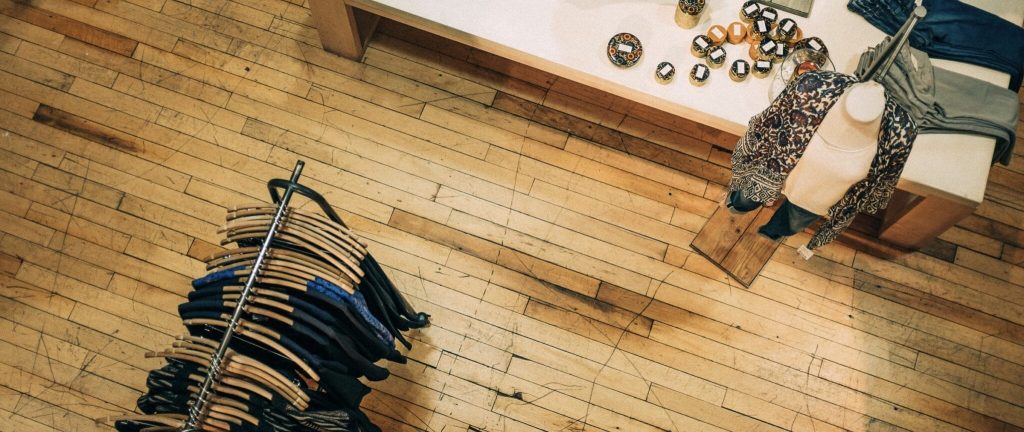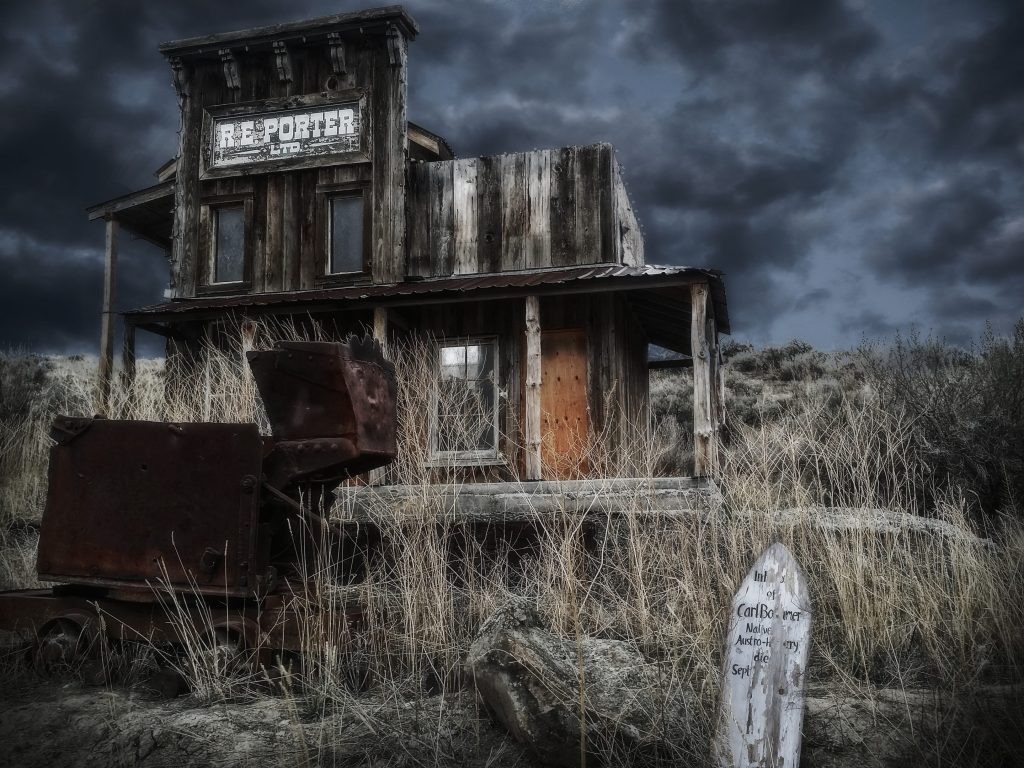
How to design the retail experience of the future
In preparation for this article about omni-channel experience for future retail, I thought first about the definition of omni-channel customer experience. I wanted to share with you a simple, easy-to-understand definition. All definitions require you to know other business concepts in order to understand what omni-channel experience means.
So let me give you my definition: “omni-channel retail experience of the future is a seamless experience that smoothly crosses the digital and physical space.” So, what does that mean?
Well, it means that, as a customer, I am identified and served appropriately. So what does that mean?
It means that, if I browsed a jacket online or put a pair of jeans in my cart on my phone, when I go to the store the hospitality crew is empowered by a digital device to pick up where I left off my online experience at home. It also means an invisible designer has applied empathy and identified all my pain points in the store. Not only that, the higher power has solved my pain points using technology.
I know. This sounds like a lot. But it can be simple. This is the same thing as building a factory or designing a building back in the day. Now, the only difference is we use data and code instead of brick and mortar. I realize this is going to take some time. But I also know there are simple things that we can do in the coming holiday season. The time for retail of the future is now. Just do it.
Finish the Deployment of Your iPads
Yes, we all have them. They are in the stores. But, instead of being on the floor, they are in the back office collecting dust. When I was in JetBlue we had them too.
What my team did, though, was take them out of there and use them in the design of facial recognition boarding. We proved their necessity and the devices came to life. You need the devices on the floor solving customer problems. Not in the closets wasting the ROI of the investment you already made to buy them.
Get them out and build some real capabilities. Need ideas for that must have list? How about accepting payments, processing returns, managing loyalty program questions, editing customer profiles, and collecting customer feedback for the store touchpoint? If you do not have NPS across your touchpoints, it’s a good idea to launch that too. This list is a good start.
Beef up Your Website
We are not talking about front end design. Most retailers have no problem with that part. Very few, though, are ready for those millions of visitors, clicks, open shopping carts, and checkout experiences during the holiday season or a good sale.
Every holiday season, we wait, praying that our discount codes are going to work or that our sales items are still in inventory. Why? Is it expensive to make the platform stronger? What is the challenge that causes all of us, every year, to endure anxiety-making checkout experiences?
This is something that all retailers can address today in preparation for the retail of the future.
Fund POCs (Proof of Concepts)
The art of fusing digital and physical experiences needs to be perfected before it goes live. Do not be afraid to set the right testing sites and work on trials. There is plenty of technology out there that can help you build the retail experience of the future.
Mtailor claims its app can measure customers with 20% more accuracy than a tailor; IBM that they have AI that can spit recommendations for personalized outfits. And The OAK Mirror has the potential to revolutionize the fitting experience while optimizing merchandising. Connect these three technologies and you have a good start to explore the future of retail where the physical and digital experience is one!
Stand for Something. For Real.
Having purpose has never been more important than in 2020 and beyond. When the Tory Burch foundation came with the #EmbraceAmbition Campaign,the brand itself made a strong statement. Did everyone like it or associate with it? No. Brand management today is not about playing it safe and working on being everything to everybody. Today more than ever it is about standing for a cause and doing it authentically.
People buy jeans from Everlane, because they know where the fabric is coming from. They really value the transparency and commitment to ethics.
Find who you are as a brand and don’t be afraid to be you!
This article originally appeared on The Petrova Experience Blog.





